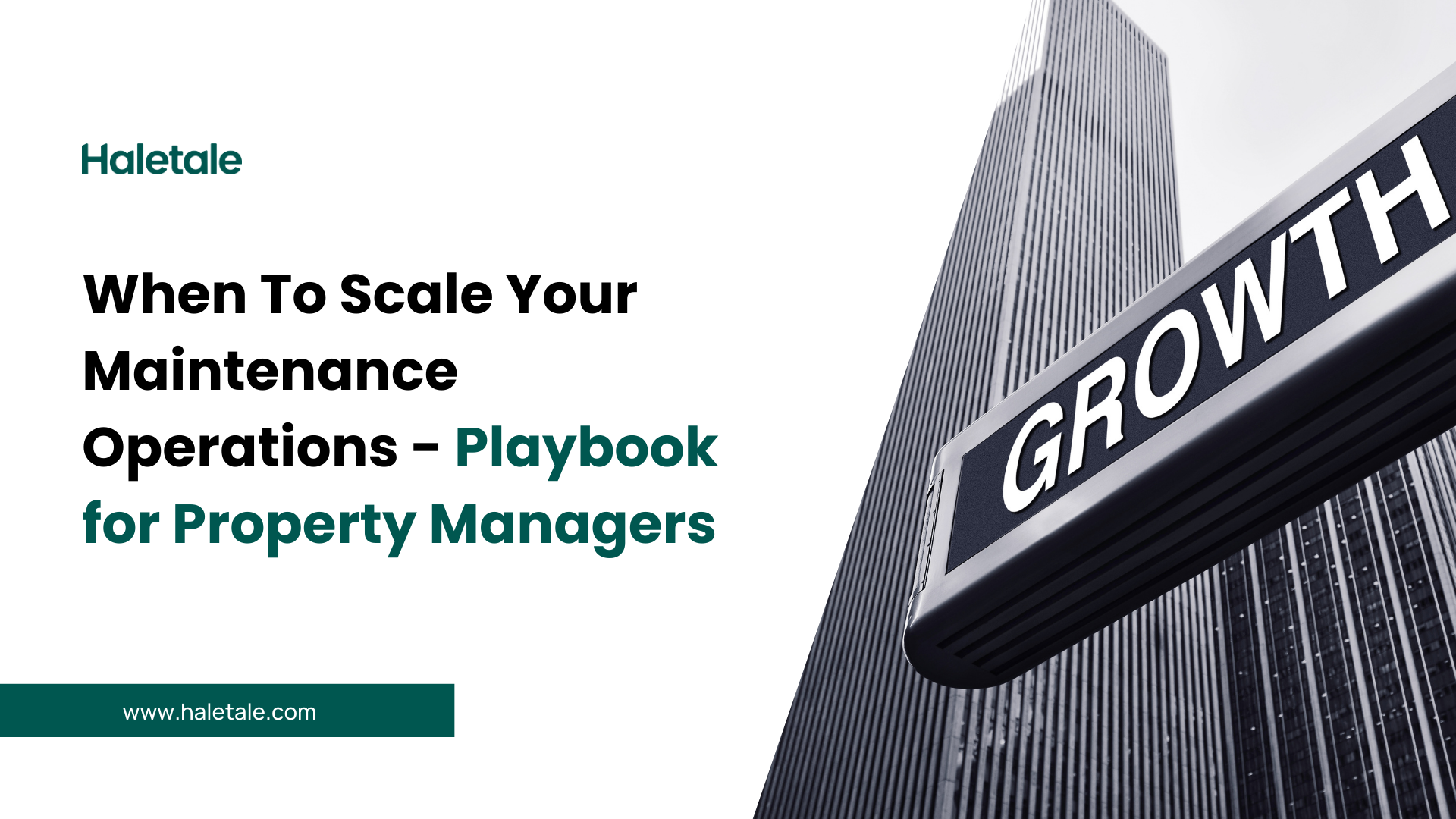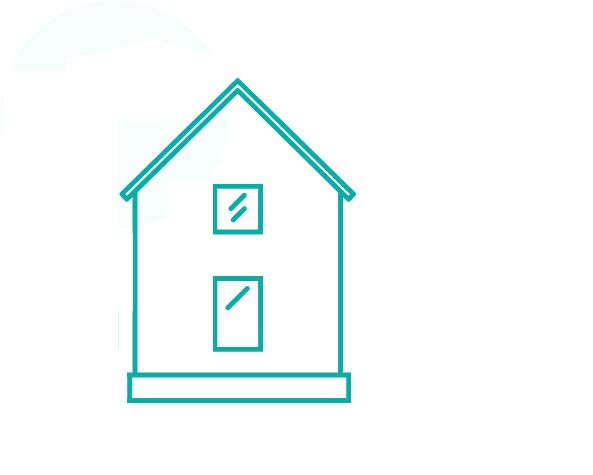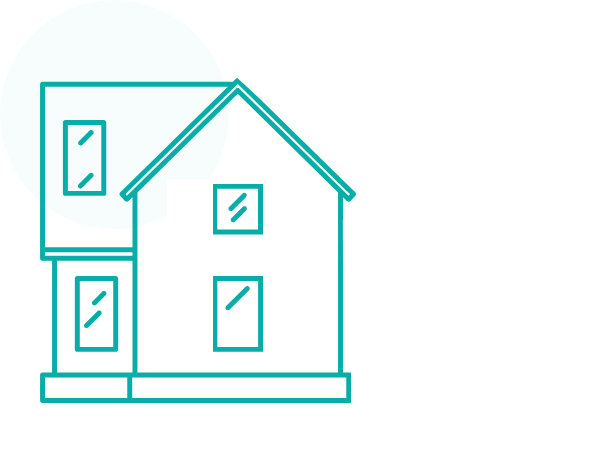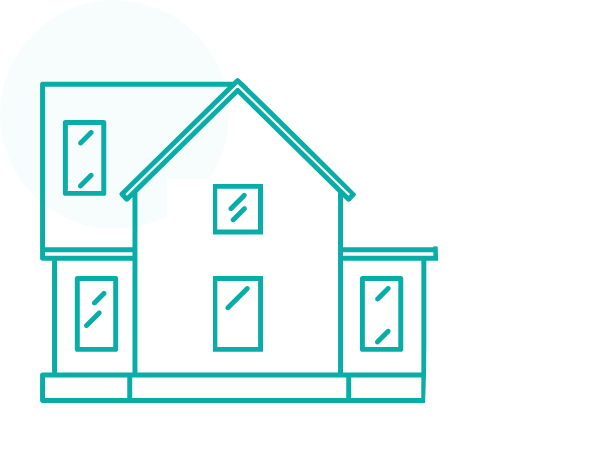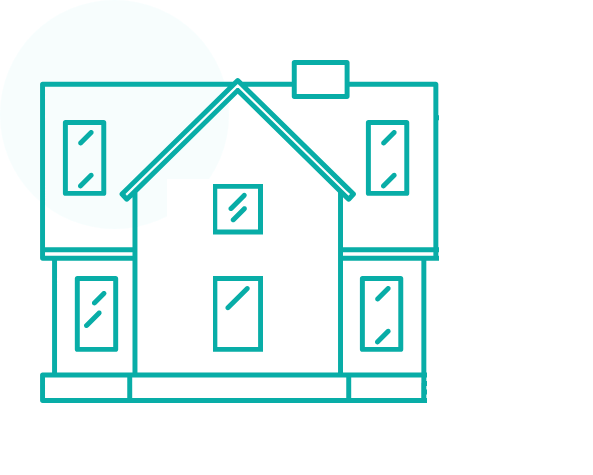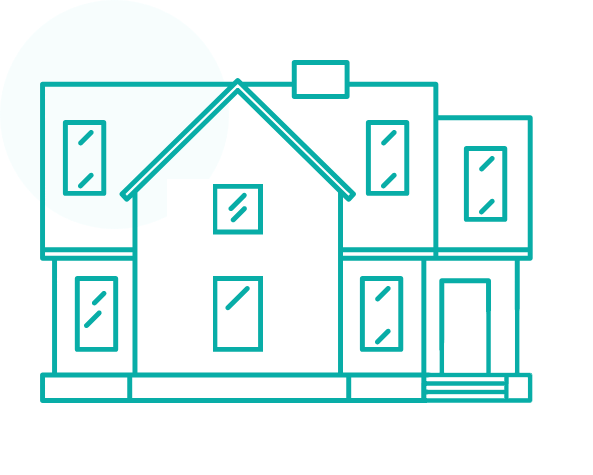Establishing a Scalable Maintenance System at 100 Doors: From Reactive to Proactive Operations
At 100 rental units, you’ll face 10-15 weekly maintenance issues across multiple properties. The transition from DIY management to professional maintenance staff represents the difference between sustainable growth and operational burnout.
Key Indicators You Need Professional Maintenance Staff:
- Repair requests consistently take 5-7 days instead of 24-48 hours
- You can’t guarantee 24-hour emergency response for heating/plumbing failures
- Seasonal maintenance is scheduled months behind (HVAC inspections in July, winterization in December)
- Quality inconsistencies across properties due to lack of supervision
Your Three Staffing Options:
- In-house technician: $35,000-55,000 annually, maximum control and property knowledge
- Independent contractors: Pay-per-job flexibility, reduced administrative overhead
- Layered vendor strategy: Primary, backup, and emergency contractors for comprehensive coverage
Essential Systems for 100+ Units:
- Service Level Agreements: Emergency response under 1 hour, routine repairs within 24-48 hours
- Centralized workflow: Unified tenant portal replacing scattered texts, emails, and calls
- Budget allocation: 4-10% of gross rental income for maintenance expenses
- Performance tracking: Monthly reviews of response times and SLA compliance
Bottom line: At 100 doors, you need systems that prevent you from becoming the bottleneck. The goal isn’t hiring more people—it’s implementing better processes that scale with your portfolio growth. Read in detail below to understand step-by-step guideline on how to scale your property management business
_______________________________________________________________________________________
Reaching 100 rental units marks a pivotal moment in every property manager’s journey—the transition from hands-on property management to building your first real team. At this scale, you’ll face 10-15 active maintenance issues weekly across multiple buildings, trades, and urgency levels. Without proper systems and staffing, you inevitably become the bottleneck that stalls growth and burns out your business.
The leap from DIY management to hiring your first maintenance staff represents more than adding payroll expenses. It’s a fundamental shift from intuition-based to process-driven operations. Many successful property managers find this transition more challenging than their initial property acquisitions because it requires relinquishing direct control while ensuring service quality doesn’t suffer.
Statistics show property management professionals typically assign one maintenance technician per 100 units for routine maintenance. However, the real indicator isn’t industry averages—it’s recognizing when your current approach has reached its breaking point and taking decisive action to scale effectively.
Signs You Need to Hire: Recognizing the Breaking Point
Backlogged Repairs and Scheduling Issues
The most obvious indicator that you’ve outgrown DIY maintenance is persistent repair backlogs. When routine requests consistently take 5-7 days instead of 24-48 hours, tenant satisfaction suffers measurably. More critically, delayed maintenance escalates minor issues into major problems.
Seasonal maintenance backlogs provide particularly clear signals. If you’re scheduling HVAC inspections in July or winterization tasks in December, your capacity has exceeded your capabilities. Emergency response capabilities represent the most critical indicator—if you can’t guarantee 24-hour response for urgent issues like heating failures or plumbing emergencies, you’re operating at dangerous capacity levels.
Quality Control and Consistency Issues
Inconsistent service quality across properties signals insufficient maintenance capacity. When the same contractor delivers excellent results on some jobs and subpar work on others, the difference usually lies in supervision and communication quality—areas where professional maintenance staff provide essential oversight.
Documentation gaps represent another warning sign. If you’re struggling to maintain detailed maintenance records, warranty information, and repair histories across your portfolio, dedicated staffing becomes essential for legal protection and operational efficiency.
Role Comparison: Choosing Your Maintenance Approach
In-House Staff: Maximum Control
Hiring dedicated maintenance employees offers maximum control and consistency but requires significant administrative overhead. Full-time maintenance staff typically cost $35,000-55,000 annually including benefits, making them cost-effective when you have sufficient work volume.
The primary advantage lies in exclusive focus on your properties. Staff develop intimate knowledge of your systems, tenant preferences, and operational standards, translating into faster diagnosis, efficient repairs, and better preventive maintenance execution. However, you become responsible for payroll taxes, workers’ compensation, benefits administration, and ongoing management oversight.
Independent Contractors: Operational Flexibility
Independent contractors offer flexibility and reduced administrative overhead while providing professional capabilities. This model works particularly well for specialized tasks requiring specific expertise—electrical work, plumbing repairs, HVAC servicing, and major renovations.
Cost predictability represents a significant advantage since you pay only for completed work rather than ongoing salary obligations. However, quality control becomes more challenging since you have less direct oversight, making clear performance expectations and systematic quality checking essential.
Layered Vendor Strategy for Scale
At the 100-door mark, implement a strategic vendor approach:
- Primary vendor: Established partner for each core trade
- Backup vendor: Secondary contacts for overflow situations
- Emergency vendor: 24/7 contractors for after-hours situations
Ensure all vendors have pre-negotiated rates and clear expectations. Track performance through metrics such as response times, resolution rates, and tenant feedback.
Building Scalable Maintenance Systems
Define Service Level Agreements (SLAs)
Not every maintenance request requires the same urgency. Establish clear SLAs:
| Issue Type | Response Time | Resolution Target |
| Emergency (flood, fire) | < 1 hour | 4–6 hours |
| High-priority (plumbing, heat) | < 12 hours | 24–48 hours |
| Routine (appliance, slow drain) | < 24 hours | 2–5 business days |
| Cosmetic (paint, trim) | < 48 hours | Schedule within 14 days |
Best practices for SLAs:
- Communicate SLAs to tenants in the lease or welcome packet
- Integrate SLAs into your task management software
- Monitor SLA compliance monthly to ensure performance targets are being met
Centralize the Maintenance Workflow
Replace scattered communication methods (texts, emails, phone calls, sticky notes) with a unified system:
- Tenants submit requests through a unified portal
- Automatic confirmation is sent
- Requests are triaged by urgency
- Appropriate vendor is assigned
- Tenants receive status updates
- Work is confirmed as completed
- All issues are logged for future reference
This systematic approach streamlines communication and enhances accountability while preventing lost requests that undermine tenant trust.
Establish Budget Controls
For 100-unit portfolios, maintenance expenses typically constitute 4-10% of gross rental income. Budget guidelines include:
- Routine maintenance: 3-5% of gross rent
- Capital expenditures: Plan on 5-10 year horizon
- Emergency reserve: Maintain 1-2 months operating expenses
Leverage historical data from your maintenance system to forecast and manage expenses accurately.
Implement Performance Tracking
Conduct monthly reviews of total maintenance requests, average response and resolution times, SLA compliance rates, recurring issues and trends, and tenant feedback. This data-driven approach enables continuous improvement and identifies training needs before they impact tenant satisfaction.
How Haletale helps
Haletale’s vendor management portal addresses critical coordination challenges when scaling to 100+ units. The platform’s permission system enables secure access for maintenance personnel while maintaining appropriate oversight.
Key features include:
- Tenant request submission via tenant portal
- Triaging and vendor assignment automation
- Real-time work order tracking with comprehensive logs
- Automated follow-ups and overdue alerts
- Integration with financial management for expense tracking
The PWA web-app recognizes that maintenance staff operate primarily in the field, enabling real-time updates, photo documentation, and instant communication regardless of location.
Scale Your Maintenance Operations
Transform your maintenance operations from bottleneck to competitive advantage. Remember: maintenance is your brand. Effective procedures are critical for retaining tenants, building trust, and safeguarding NOI. The transition from intuition-based to process-driven operations is essential at the 100-door milestone.
Schedule Your Haletale Demo to see how integrated maintenance management systems amplify your team’s effectiveness and ensure smooth operations as you scale beyond 100 doors. You don’t need more people—you need better systems.
Frequently Asked Questions
When Should I Hire My First Maintenance Staff?
Q: How do I know when it’s time to hire my first maintenance technician?
A: The clearest indicators are persistent repair backlogs (requests taking 5-7 days instead of 24-48 hours), inability to guarantee 24-hour emergency response, and seasonal maintenance scheduling delays (like HVAC inspections in July). If you’re consistently the bottleneck preventing faster service, it’s time to hire professional maintenance staff.
Maintenance Staffing and Costs
Q: How many maintenance staff do I need for 100 rental units?
A: Industry standards suggest one maintenance technician per 100 units for routine maintenance. However, the actual number depends on your property types, tenant demographics, and building ages. Start with one dedicated technician and scale based on workload data.
Q: What does it cost to hire in-house maintenance staff vs. contractors?
A: In-house maintenance staff typically cost $35,000-55,000 annually including benefits, while contractors offer pay-per-job flexibility. In-house staff provide better control and property knowledge, while contractors offer specialized expertise and reduced administrative overhead.
Maintenance Response Times and Service Levels
Q: What are reasonable maintenance response times for rental properties?
A: Standard service level agreements (SLAs) include:
- Emergency issues (flooding, fire): Under 1 hour response, 4-6 hour resolution
- High-priority (plumbing, heating): Under 12 hours response, 24-48 hour resolution
- Routine repairs: Under 24 hours response, 2-5 business days resolution
- Cosmetic issues: Under 48 hours response, scheduled within 14 days
Q: How quickly should I respond to tenant maintenance requests?
A: Acknowledge all maintenance requests within 24 hours maximum, with emergency issues requiring under 1-hour response. Quick acknowledgment builds tenant trust even when repairs take longer to complete.
Maintenance Budget and Expenses
Q: What percentage of rental income should I budget for maintenance?
A: For 100-unit portfolios, allocate 4-10% of gross rental income for maintenance expenses. Break this down as 3-5% for routine maintenance and maintain an emergency reserve of 1-2 months operating expenses for unexpected major repairs.
Q: How do I control maintenance costs as I scale to 100+ units?
A: Implement budget controls through pre-negotiated vendor rates, approval workflows for expenses over set thresholds, and monthly expense tracking. Use historical maintenance data to forecast costs and identify recurring issues that need preventive solutions.
Maintenance Management Systems
Q: Do I need maintenance management software for 100 rental units?
A: Yes, centralized maintenance management becomes essential at 100+ units. Replace scattered communication methods (texts, emails, phone calls) with unified systems that track requests, assign vendors, monitor progress, and maintain historical records for legal protection.
Q: What features should I look for in maintenance management software?
A: Essential features include tenant request portals, automatic vendor assignment, real-time work order tracking, SLA monitoring, mobile access for field staff, photo documentation capabilities, and integration with financial management for expense tracking.
Vendor Management at Scale
Q: How many maintenance vendors do I need for 100 rental properties?
A: Implement a layered vendor strategy: one primary vendor per trade (plumbing, electrical, HVAC), backup vendors for overflow situations, and 24/7 emergency contractors for after-hours issues. This ensures coverage without over-dependence on single vendors.
Q: Should I use one general contractor or multiple specialized vendors?
A: Use specialized vendors for complex work (electrical, plumbing, HVAC) and general contractors for routine repairs. This approach balances cost-effectiveness with expertise while maintaining quality standards across different maintenance types.
Scaling Challenges and Solutions
Q: What are the biggest maintenance challenges when scaling to 100+ units?
A: The primary challenges include maintaining consistent service quality across multiple properties, preventing maintenance backlogs during peak seasons, ensuring 24/7 emergency coverage, and transitioning from hands-on to systems-driven management without losing operational control.
Q: How do I maintain quality control with multiple maintenance vendors?
A: Establish clear performance expectations, implement regular quality checks, track key metrics (response times, resolution rates, tenant feedback), and conduct monthly vendor performance reviews. Use detailed documentation and photo requirements to ensure consistent work quality.
Preventive Maintenance at Scale
Q: How important is preventive maintenance for 100+ unit portfolios?
A: Preventive maintenance becomes critical at scale because it prevents minor issues from becoming expensive emergencies across multiple properties. Implement seasonal HVAC inspections, annual plumbing checks, and regular building system maintenance to reduce reactive repairs and extend equipment lifecycles.
Q: What preventive maintenance tasks should I prioritize for large portfolios?
A: Focus on high-impact, high-frequency issues: HVAC system maintenance, plumbing inspections, electrical system checks, exterior building maintenance, and appliance servicing. Use maintenance history data to identify recurring problems and implement preventive solutions.
Technology and Mobile Solutions
Q: Why do maintenance teams need mobile-friendly software?
A: Maintenance staff operate primarily in the field, requiring real-time access to work orders, ability to update job status, photo documentation capabilities, and instant communication with property managers. Mobile solutions eliminate delays between field work and office updates.
Q: How does maintenance software improve tenant satisfaction?
A: Maintenance management systems improve tenant satisfaction through faster request acknowledgment, transparent status updates, consistent communication, and reliable resolution tracking. Tenants appreciate knowing their requests won’t be lost and can track repair progress in real-time.

